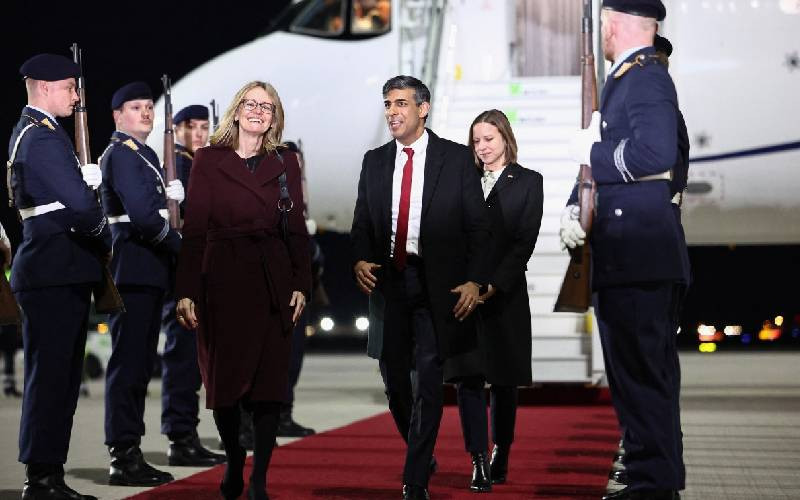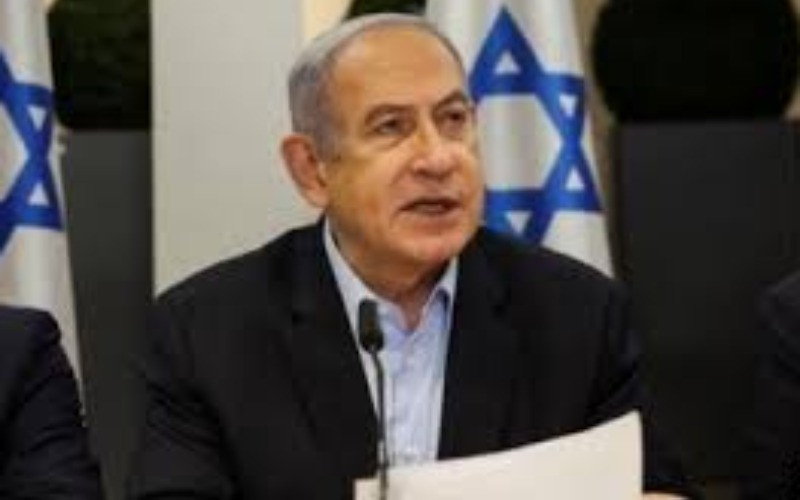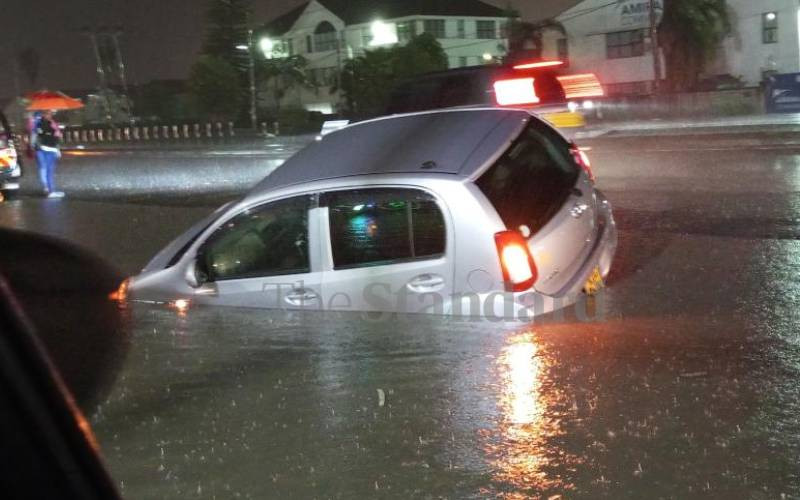By Barrack Muluka
Prime Minister Raila Odinga is the man of the moment. He is a man being steadily pushed to the political precipice by his coalition partner, PNU and by the William Ruto-Najib Balala faction in his own ODM house. The Premier has opened up at least three battlefronts – one each with President Kibaki, the Ruto-Balala ODM axis and Vice- President Kalonzo Musyoka. The royal battle is on in earnest and the premier is certainly set to remain in the cross hairs of political limelight for long, even as opinion polls continue to give him a clean bill of political life.
The ending week presaged things to come. On Sunday, the premier was in the backwaters of Kibera slums in his Lang’ata constituency, playing to a toadying gallery. Basking in the glory of adoring supporters, the premier spoke of the then impending meeting with the President and boasted of how he would tell the Head of State to sort out the mess in his PNU house and leave him to sort out the ODM house.
He spoke of how Ruto and Education Minister Sam Ongeri, would of necessity bow out of Cabinet. On Tuesday a humbled premier walked out of Harambee House having achieved nothing to write to Kibera about his meeting with President Kibaki.
For starters, a meeting in Harambee House leaves no doubt about who is the boss. The ‘summons’ to Harambee House belied the premier’s proclamations two days earlier that he considered himself equal to the President. ‘Consider’ that is the word. For, to consider yourself equal to someone else and to be equal to that someone are two different things. And this became clear when the premier rushed to Parliament Buildings from the Harambee House meeting to receive the President, ahead of the official opening of the Fourth Session of the Tenth Parliament. In the House, the premier stood up with everybody else in modesty as the President ambled to his seat. Then the premier listened in silent humility as the President threw veiled diatribe his way.
On Wednesday, the premier ate more humble pie as the Ruto brigade teamed up with PNU elements to shoot down the ODM list of the House Business Committee. But on Thursday the premier was on top of things again. His list sailed through the House without Ruto’s name. But, as Laikipia East MP, Mwangi Kiunjuri, told the Ruto brigade in the House, they had made their point to the premier. They did not have to do it a second time, to the detriment of the nation. The Ruto brigade has therefore only made a tactical retreat. Make no mistake, they will be coming back.
In the proper order of time, victory in the ‘battle royale’ between the premier and his party deputy will depend on sheer political shrewdness, alliance building and ability to persuade following outside their traditional Luo Nyanza and Kalenjin Rift Valley that they can be trusted and they are not pushing Luo or Kalenjin agenda. Observers will want to see who speaks for them. Tribal spokesmen can only do their image more harm than good. Both politicians must correct this.
Ruto comes into this fight with comparatively little experience in alliance formation. He will be hard placed to march Raila’s vast experience in making now this alliance and then that alliance and crafting wining outfits. Ruto made his debut on the national political landscape as a greenhorn under retired Mzee Moi’s tutelage in 1992. He arrived on board the Youth for Kanu ’92 election machine. He then had a successful crack at the Eldoret North Parliamentary seat in 1997 and served as a Cabinet minister in the dying months of the Moi regime in 2002, before going on to lead the Kalenjin brigade in the 2002 Uhuru Project Campaign. It was a task he committed himself to with what is now his trademark zeal. But the project was defeated. Then came the 2005 constitutional referendum and Ruto not only found unity of purpose with Raila, but he also stamped his authority on Kalenjin Rift Valley as the de facto leader. The Kalenjin listened to him when he asked them to vote for Raila in 2007. But that is about how far his alliance formation history goes. He has quite a task ahead.
Raila is something else in alliance formation. He has formed and got out of alliances virtually at will. In 1991, he was in the original Ford Party with his late father Jaramogi, the late Masinde Muliro, Martin Shikuku, Kenneth Matiba and a whale of others. The same year Ford split. After some initial hesitation, he joined his father in Ford-Kenya.
In 1994, he abandoned Ford-Kenya to take over NDP. In 2002 he merged NDP with Kanu. The same year, he left Kanu to take over LDP and took it into Narc. In 2007, he officially left Narc for ODM. Now ODM sits at a crossroads.
Meanwhile, Raila has been in and out of political alliances with every prominent politician, from Moi to Kibaki, Ruto, Kalonzo, Uhuru, Awori, Saitoti, Ngilu, Musalia, Kombo, Balala – everybody.
In this lies his greatest strength and greatest weakness. He is a master alliance builder. But he also cuts the image of a fickle political operative with whom you can only run a short race.
This is the image he must repair ahead of his next alliance. He may also want to consider reducing the number of war fronts, for his own political good.
—The writer is a publishing editor and media consultant
 The Standard Group Plc is a
multi-media organization with investments in media platforms spanning newspaper
print operations, television, radio broadcasting, digital and online services. The
Standard Group is recognized as a leading multi-media house in Kenya with a key
influence in matters of national and international interest.
The Standard Group Plc is a
multi-media organization with investments in media platforms spanning newspaper
print operations, television, radio broadcasting, digital and online services. The
Standard Group is recognized as a leading multi-media house in Kenya with a key
influence in matters of national and international interest.
 The Standard Group Plc is a
multi-media organization with investments in media platforms spanning newspaper
print operations, television, radio broadcasting, digital and online services. The
Standard Group is recognized as a leading multi-media house in Kenya with a key
influence in matters of national and international interest.
The Standard Group Plc is a
multi-media organization with investments in media platforms spanning newspaper
print operations, television, radio broadcasting, digital and online services. The
Standard Group is recognized as a leading multi-media house in Kenya with a key
influence in matters of national and international interest.








